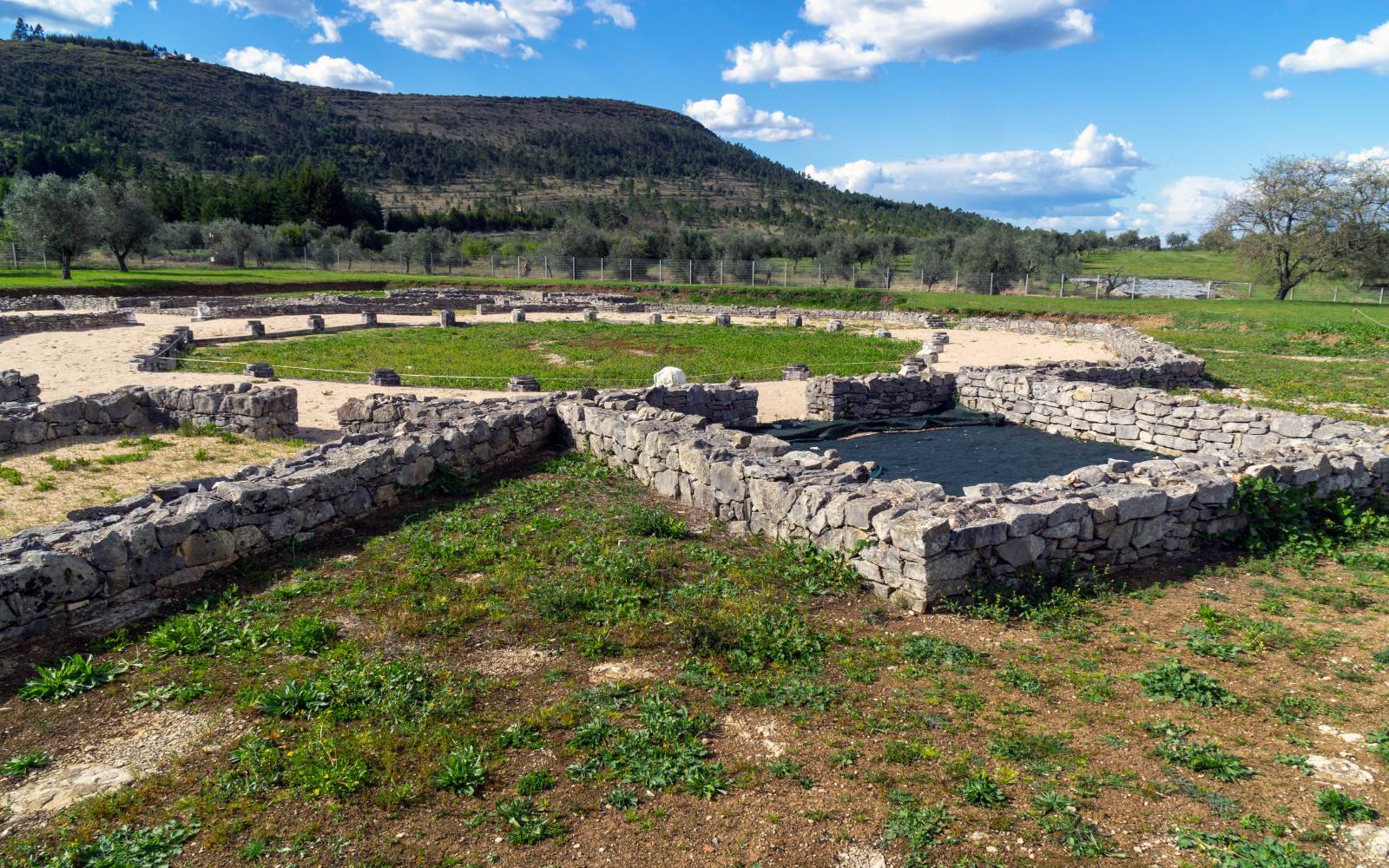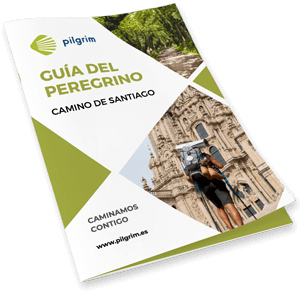Tomar
‹ Back to the stage
Tomar
- Residents: 40.677 aprox.
- Province:
Information
Get to know Tomar
Tomar is a beautiful city located on the banks of the river Nabão and is surrounded by hills full of vegetation. It is known for its 12th century castle and the convent of Christ, declared a World Heritage Site by UNESCO.
Among its streets stretches the history of an active medieval city that left wonderful monuments in various styles, Gothic, Manueline and Renaissance, which can still be enjoyed.
Location
How to get there
To get to the city of Tomar, one of the options is to take a train in Lisbon. This option is the most recommended if you are traveling by plane, since the closest airport is the one in the capital, so you could reach Tomar by train thanks to the Rede Nacional de Expressos (bus).
<pTo get to the city by car you have to take the A-13 if you are coming from the north and if you are coming from Lisbon you have to take first the A-1 and link with the A-23 in Torres Novas and then the A-13.
History / Culture
What to see
Parque do Mouchão
The Mouchão Park is located on the banks of the Nabão River as it passes through the town of Tomar, forming a small island full of numerous natural resources. This island, in addition to being equipped with benches, walks and small playgrounds, has a large mill built of wood. The construction of this mill was intended to evoke the irrigation traditions of the areas closest to the river.

Castillo templario y Convento de Cristo
The Castle of Tomar, built by mandate of the Order of the Temple, is considered one of the most important Portuguese fortifications of the twelfth century. It stands out for sheltering inside the Convent of Christ, along with which have been declared World Heritage Site by UNESCO in 1983. In addition to this cataloging, the Castle has been a National Monument since much earlier, specifically since 1918.
Although its construction dates from the twelfth century, it underwent numerous reconstructions and extensions over the centuries due to the Almohad attacks it had suffered, although it was from its cataloging as a monument when it proceeded to be restored and preserved completely.
Today you can see a construction that combines Romanesque, Gothic and Renaissance styles while maintaining its military character. The castle is surrounded by two walls of which the first encloses in its enclosure the cistern and the keep, which rises above the rest of the buildings. The second of the walls surrounds the original villa that had been built within the walls since the late Middle Ages.
HOURS
October to May Every day from 09:00 to 17:30 June to September Every day from 09:00 to 18:30 Closed on January 1, Easter Sunday, May 1 and December 25.
FEE
Single ticket: 6€Set ticket (Alcobaça, Batalha, Convent of Christ): 15€Discounts are available for seniors over 65, large families, minors and youth card holders.Admission is free on Sundays and public holidays until 14:00.

Ermita de Nossa Senhora da Conceiçao
The hermitage of Nossa Senhora da Conceição is located at the top of the town of Tomar, on a mound next to the Templar Castle, in the middle of the Portuguese Way to Santiago de Compostela.
At first glance it can be seen that this hermitage is of Portuguese Renaissance style due to its capitals sculpted by the author João Castilho, although it was Diogo de Torralva who was in charge of finishing the building in 1573.
Such is the uniqueness of its construction that it was declared a National Monument in 1910.
HOURS
Every day from 10:00 to 12:30 and from 14:00 to 17:00
Every day from 10:00 to 12:30 and from 14:00 to 17:00
.
FEE
General admission: 1€

Iglesia de São João Baptista
The Church of São João Baptista is located in the heart of the city of Tomar, one of the best known in Portugal for the involvement of the Templars in it, which is why it was declared a National Monument in 1910.
The construction of this great temple, of late Gothic style, is unknown with accuracy, however it is dated its major modification, specifically during the fifteenth century, by order of the priest Dom Manuel I.
The construction of this great temple, of late Gothic style, is unknown with accuracy, however it is dated its major modification, specifically during the fifteenth century, by order of the priest Dom Manuel I.
<pAs for its structure, today its flamboyant Gothic portico stands out with the Manueline style bell tower attached to it. Said bell tower is distributed around a rectangular floor plan divided into two floors, of which the second floor has an octagonal base and topped in a pyramidal shape.
In its interior the ornamentation of vegetal type stands out as well as the small altarpieces in which the Baptism of Christ, the Last Supper or the Degollation of Saint John the Baptist are represented.
HOURS
Everyday from 08:00 to 12:00 and from 15:00 to 19:00Closed on Sunday afternoons
.INFORMATION OF INTEREST
Phone: +351 249 312 611

Information of interest
Local police
+351 249 328 040
Fire department
+351 249 329 140
Civil protection
+351 249 324 030
Town hall
+351 249 329 800
Health center
+351 249 329 174
Tourism office
+351 249 329 823
Avª. Dr. Cândido Madureira

We send you your itinerary
Enter your details and receive your travel itinerary by email
Recommended
Gastronomy
Recommended
Festivals and Pilgrimages
Local festivity
20 de Octubre: Feira de Santa Iria
Local festivity
Primer domingo de Septiembre: Fiesta de Nossa Senhora da Piedadese
Portuguese Way
On foot
25 stages



























